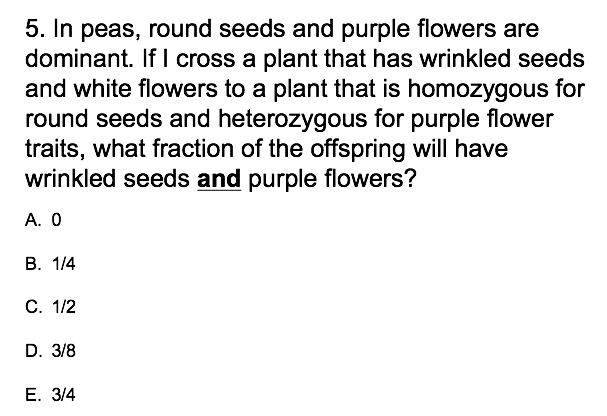harshkapil9
harshkapil9
0 Followers
0 Following
1 Helped
harshkapil9Lv2
6 Feb 2023
Answer: Step-by-step explanation: Transcribing in IPA: (a) tent - [tɛnt] pink ...
harshkapil9Lv2
6 Feb 2023
Answer: John Locke's "Two Treatises of Government" expounds the idea that gove...
harshkapil9Lv2
6 Feb 2023
Answer: Social contract.
harshkapil9Lv2
6 Feb 2023
Answer: The government that best protects people's natural rights is the best ...
harshkapil9Lv2
6 Feb 2023
Answer: Step-by-step explanation:The original state of human beings, in which ...
harshkapil9Lv2
6 Feb 2023
Answer: Step-by-step explanation: I. Introduction A. Brief overview of the Apo...
harshkapil9Lv2
6 Feb 2023
Most people experience ethical dilemmas at least once or twice in their lives....
harshkapil9Lv2
6 Feb 2023
The traditional role of the griot or jeli in Western Africa is to act as an ad...
harshkapil9Lv2
6 Feb 2023
Answer: Step-by-step explanation: Since Marietta elects to claim the entire $2...
harshkapil9Lv2
6 Feb 2023
Answer: Step-by-step explanation:I can provide information based on research a...
harshkapil9Lv2
6 Feb 2023
Answer: Step-by-step explanation: As an AI language model, I do not have perso...
harshkapil9Lv2
6 Feb 2023
a. The independent variable in this situation is time (sec) since the ball was...
harshkapil9Lv2
6 Feb 2023
The information given describes the path of the ball as a parabolic arc, so we...
harshkapil9Lv2
6 Feb 2023
Answer:There is no fraction of the offspring that will have wrinkled seeds and...
